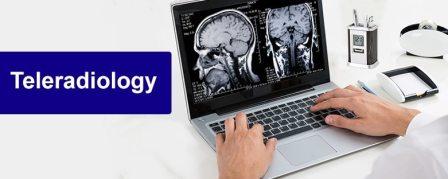
Introduction:
The field of dentistry is undergoing a digital revolution, and at the forefront of this transformation is the realm of dental X-ray imaging. With the advent of cutting-edge technology, digital dentistry is reshaping the way we diagnose, treat, and prevent oral health issues. In this article, we will explore the latest innovations that are shaping the future of dental X-ray imaging, revolutionizing patient care and clinical practices.
- Digital Radiography: Traditional film-based X-ray imaging is making way for digital radiography. Digital sensors and phosphor plates offer numerous advantages, such as reduced radiation exposure, instant image acquisition, and the ability to manipulate and enhance images for more accurate diagnoses. This innovation is changing the way dentists capture and analyze images, making the process more efficient and eco-friendly.
- Cone-Beam Computed Tomography (CBCT): CBCT technology has opened up new dimensions in dental imaging. It provides detailed three-dimensional views of the oral and maxillofacial region, offering invaluable insights for implant planning, orthodontics, endodontics, and more. The high-resolution, 3D imaging capability is transforming the way complex dental procedures are approached.
- Intraoral Scanners: The days of messy dental impressions are dwindling, thanks to intraoral scanners. These handheld devices allow for quick, precise, and comfortable scanning of a patient’s teeth and oral structures. Not only do they improve the accuracy of restorations, but they also enhance the patient experience by eliminating discomfort.
- Artificial Intelligence (AI) Integration: AI is now making its way into dental imaging, bolstering diagnostics and treatment planning. AI algorithms can rapidly analyze X-ray images, detect anomalies, and assist dentists in making more informed decisions. This innovation has the potential to revolutionize the accuracy and efficiency of dental care.
- Teledentistry: In an increasingly interconnected world, teledentistry is on the rise. Dentists can now transmit X-ray images digitally for remote consultation, enabling faster, more accessible care. This innovation is especially crucial in reaching underserved areas and enhancing oral healthcare accessibility.
- Augmented Reality (AR) and Virtual Reality (VR): AR and VR are not just for gaming and entertainment; they are finding applications in dental education and patient communication. Dentists can use these technologies to simulate procedures, allowing patients to understand treatment plans more visually. Moreover, dental students can hone their skills in a simulated, risk-free environment.
- Eco-Friendly Practices: Digital dentistry also champions eco-friendliness by reducing the environmental impact. With the elimination of film processing chemicals and the ability to store images electronically, it significantly reduces waste and contributes to a more sustainable approach to dentistry.
Conclusion:
The future of dental X-ray imaging is bright, with digital dentistry innovations reshaping the way we provide and receive oral healthcare. These technological advancements, from digital radiography to AI integration and tele dentistry, are enhancing the precision, speed, and accessibility of dental care. As the field continues to evolve, patients can look forward to more comfortable, efficient, and accurate dental experiences, while practitioners benefit from improved diagnostics and treatment planning.
Service Areas:- Gandhinagar – Kalol, Dehgam, Mansa; Bhavnagar – Sihor, Umrala, Gariadhar, Palitana, Mahuva, Talaja, Ghogha, Jesar, Vallbhipur; Dang – Ahwa, Waghai, Subir; Kutch – Abdasa (Abdasa-Nalia), Anjar, Bhachau, Bhuj, Gandhidham, Lakhpat, Mandvi, Mundra, Nakhatrana, Rapar.
